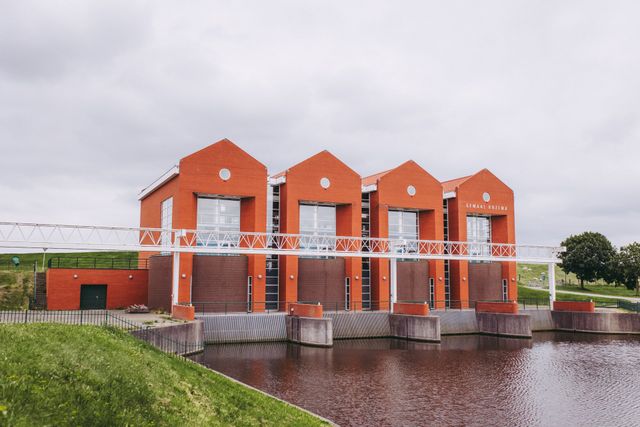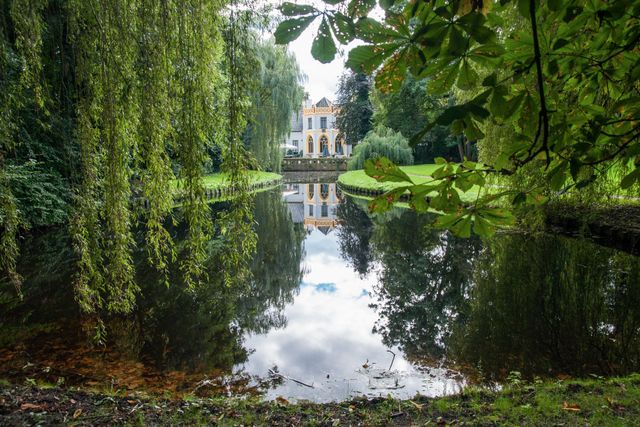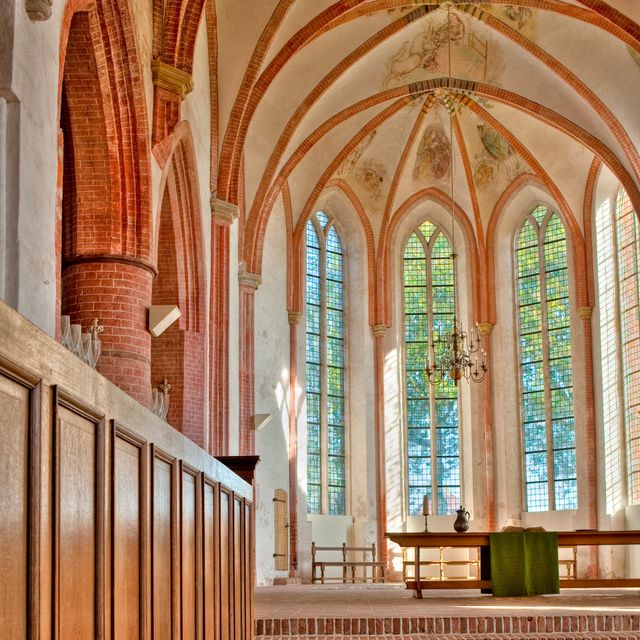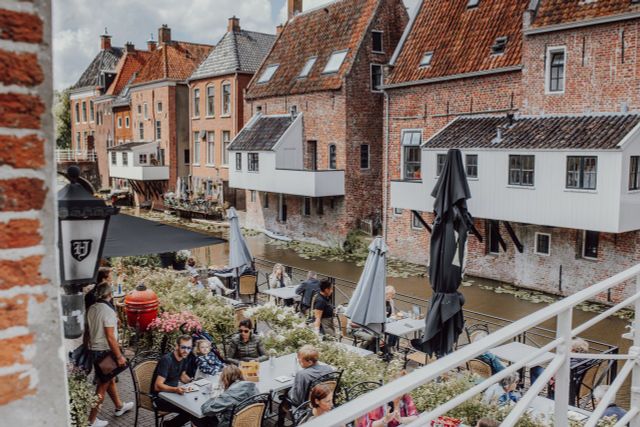The Termunterzijl water works
A long time ago, in the days before dykes were constructed, the sea came much further inland. In a centuries long battle against the water, more and more patches of land were reclaimed from the sea. Various water works were constructed to make sure everyone’s feet would remain dry. In Termunterzijl, these works developed into icons of the village.
Boog van Ziel
The old lock in the Termunterzijldiep canal was lost to the Martinmas storm flood that took place in the night of 12 to 13 November 1686. Municipal architect Antoni Verburgh of the city of Groningen was commissioned to build a new lock. He designed the Boog van Ziel, which was eventually constructed around 1725. The lock is characterised by the natural stone wall with the coat of arms of the responsible district water boards (the city of Groningen and Oldambt). De Boog van Ziel’s function became redundant after De Nieuwe Sluis was constructed in the 19th century.
Read more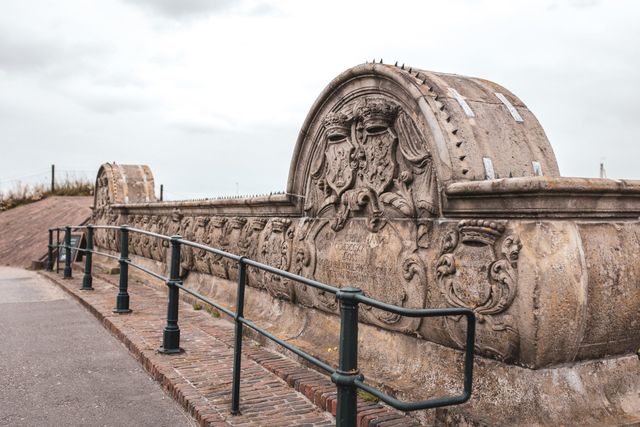
Gemaal Cremer pumping-station
From 1931, the Waterschap Oldambt was no longer drained using sluices. Previous to that, a storage basin pumping plant was constructed at Termunterzijl to pump water to the sea. It was constructed by hydraulic engineer Pieter Geert Cremer and was named after him. The advantage of the pumping-station over the sluices was that it was able to discharge water at all times, irrespective of the water level. In 2000, the new Gemaal Rozema pumping-station took over the function of Gemaal Cremer, which has since functioned as a museum.
Read more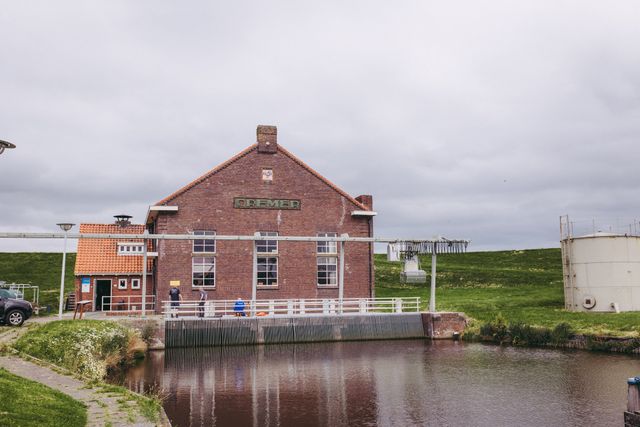
Gemaal Rozema pumping-station
Once it became clear that the Cremer pumping-station had to be replaced due to subsidence, the then Waterschap Eemszijlvest district water board decided that a new pumping-station had to be built at Termunterzijl. In 2000, the Gemaal Rozema pumping-station was put to use. It was named after Harry Rozema, a former hydraulic engineer of the water board. The new pumping-station is larger and more powerful than the old one, allowing it to drain Oldambt as well as the Eemskanaal-Dollard region. A fish ladder was included in the building to allow fish from the Wadden Sea to enter. Through the years, the red buildings of the Gemaal Rozema pumping-station have developed into Groningen icons.
Read more